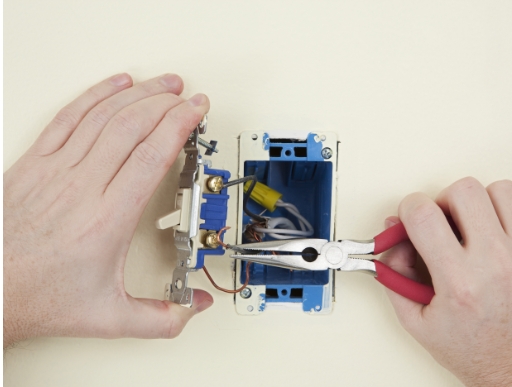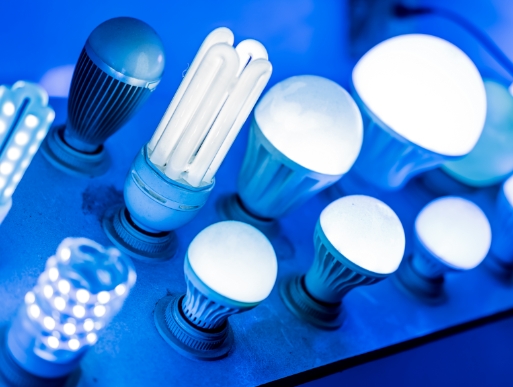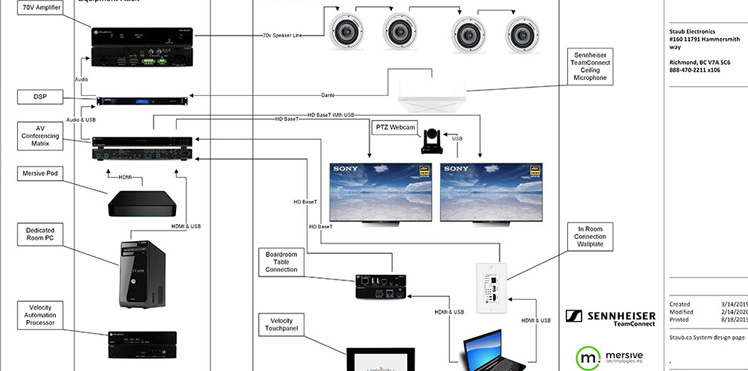Products
Menu
Close
- Coming Soon
- New
- Clearance
- On Sale
- Explore Our Brands
-
Residential
- Back
- Audio
- A/V Racks
- Bulk Wire & Connectors
- Cables
- Cellular Signal Booster
- Fibre
- Headphones
- Lighting Control & Shading Solutions
- Media Distribution
- Mounts
- Networking
- Power
- Projectors & Screens
- Residential Automation
- Residential Speakers
- Safety
- Security & Smart Home
- Structured Wiring
- Surveillance
- Televisions
- Tools & Hardware
-
Commercial
- Back
- Audio
- A/V Racks
- Bulk Wire & Connectors
- Cables
- Cellular Signal Booster
- Conferencing
- Connectivity Boxes
- Control
- Digital Signage
- Fibre
- Headphones
- Lighting Control & Shading Solutions
- Media Distribution
- Microphones
- Mounts
- Networking
- Outdoor TVs
- Power
- Projectors & Screens
- Safety
- Speakers
- Structured Wiring
- Surveillance
- Tools & Hardware
- Video Wall/Multi-Viewer
- Wireless Collaboration
- Automotive
- Home Page
- Services
- Company
- Support
- Contact
-
Products
- Back
- Coming Soon
- New
- Clearance
- On Sale
-
Residential
- Back
- Audio
- A/V Racks
- Bulk Wire & Connectors
- Cables
- Cellular Signal Booster
- Fibre
- Headphones
- Lighting Control & Shading Solutions
- Media Distribution
- Mounts
- Networking
- Power
- Projectors & Screens
- Residential Automation
- Residential Speakers
- Safety
- Security & Smart Home
- Structured Wiring
- Surveillance
- Televisions
- Tools & Hardware
-
Commercial
- Back
- Audio
- A/V Racks
- Bulk Wire & Connectors
- Cables
- Cellular Signal Booster
- Conferencing
- Connectivity Boxes
- Control
- Digital Signage
- Fibre
- Headphones
- Lighting Control & Shading Solutions
- Media Distribution
- Microphones
- Mounts
- Networking
- Outdoor TVs
- Power
- Projectors & Screens
- Safety
- Speakers
- Structured Wiring
- Surveillance
- Tools & Hardware
- Video Wall/Multi-Viewer
- Wireless Collaboration
- Automotive
- Explore Our Brands
- Home Page
- Services
- Company
- Support
- Contact
Creative Customization
System design shouldn’t be a hassle. So we’re providing everything you need to know to create the best possible experience for yourself and your clients. Use these Lutron lighting courses and how-to documents to learn as much as you need for your next job.
Design A System
Lighting loads (a.k.a. lamps or bulbs) are an important variable of any lighting project. Knowing which lamps your customer wants to control, or which type of system is already installed, is an important part of the design process.
Understanding Light Loads
There are several different types of light loads.

Incandescent
What end users consider “plain” lightbulbs. Current passes through the tungsten filament until it glows. Over time, this filament weakens until it breaks.

Fluorescent
A tube filled with mercury vapor. This gas excites the phosphor lighting element inside, producing visible light regulated by the ballast.

CFL
This energy-efficient, curved-tube lightbulb is another form of fluorescent lighting, and was designed to replace incandescent bulbs in lamps or fixtures.

LED
Solid-state light-emitting diode that uses electroluminescence instead of heat to create light. An LED driver regulates this current.*

MLV
Magnetic low voltage converts 120V down to 12V or 24V using heavy core and coil transformers. This is typically used in commercial or accent lighting.*

ELV
Electronic low voltage uses circuitry-based electronic transformers to convert 120V down to 12V or 24V.*
*Note: different types of light loads may not be mixed together on the same circuit. Watch the LMS videos to learn more about load compatibility, or ask your electrician for details.
Calculating A Load
Count the number of light fixtures in the room, and multiply that number by the output of each lamp. For example, if you’re creating a scene for a kitchen with 6 lamps, and each fixture has a 75W bulb, your total light load will be 450 Watts.*
*Note: LEDs and other lamps will often have two ratings, the actual consumption and the “equivalent to” light output. You should use the actual number for your calculation.

Behind The Wires
On most jobs, you’ll work with an electrician to get these products installed. But, for dealers who want to understand how devices wire into a system, Lutron provides a wiring wizard on their website with a step-by-step guide.
Behind The Wires
On most jobs, you’ll work with an electrician to get these products installed. But, for dealers who want to understand how devices wire into a system, Lutron provides a wiring wizard on their website with a step-by-step guide.
Finding The Right Lightbulb
For any Caséta or RA2 Select system where you plan to use LEDs, use Lutron’s customized lightbulb selection tool to figure out which LED you need to buy.

Finding The Right Lightbulb
For any Caséta or RA2 Select system where you plan to use LEDs, use Lutron’s customized lightbulb selection tool to figure out which LED you need to buy.
You’re ready to set things up.

System Design
Staub’s Technical Specialists will work closely with you on your project to ensure a complete and effective Design solution.

RMA Request Form
Simply complete the form and we will process your request or contact you if further information is needed.
Newsletter
Wait...
Information
My Account
Customer service
Copyright © Staub Electronics. All rights reserved.

We bring together the best people, partners, and products to make lives more enjoyable, connected, and secure.
Resources
My Account
Customer Service
© Copyright Staub Electronics | Privacy Policy | Terms & Conditions


